In today’s highly competitive business landscape, consumers are increasingly prioritising brands that embrace sustainability and ethical practices. In fact, a Nielsen study found that 73% of global consumers are willing to pay more for products and services from companies committed to positive social and environmental impact. This shift in consumer behaviour has led many brands to adopt sustainable practices and tell their stories through various mediums, with video being one of the most effective and engaging tools. In this article, the Small Films team explore the power of video in highlighting your sustainable brand story and examines successful examples from well-known brands such as Pentire and Fever-Tree.
The Importance of Sustainable Branding
This approach goes beyond showcasing eco-friendly products; it involves transparency, accountability, and a commitment to making a positive impact on the environment and society.
When executed effectively, sustainable branding can:
- Build Trust: Consumers are more likely to trust and support brands that are open about their sustainability efforts. By telling your brand’s sustainability story through video, you can establish a strong emotional connection with your audience.
- Attract a Loyal Audience: Sustainability-focused consumers are often more loyal to brands that align with their values. Video content helps create a deeper emotional connection, increasing the likelihood of repeat business.
- Educate and Inspire: Video is a powerful educational tool. By creating informative videos about your sustainability initiatives, you can raise awareness about important issues and inspire your audience to make more conscious choices.
- Stand Out in the Market: In a crowded marketplace, a genuine commitment to sustainability can be a unique selling point. Video allows you to showcase what makes your brand different and why consumers should choose you.
The Power of Video in Sustainable Branding
Video is a compelling medium for storytelling. It combines visuals, audio, and narrative to create a rich, immersive experience. Here’s why video is particularly effective in sustainable branding:
- Visual Impact: Video enables you to show rather than just tell. You can visually depict your sustainable practices, making them more tangible for the audience. For example, you can showcase your eco-friendly manufacturing processes, recycling efforts, or the sourcing of sustainable materials.
- Emotional Connection: Video allows you to connect with your audience on a personal and emotional level. Through storytelling and compelling visuals, you can create a narrative that resonates with your brand’s values and mission.
- Engagement: Video content tends to be more engaging than text or static images. It’s more likely to be shared on social media, helping you reach a wider audience and amplify your message.
- Educational Value: Videos can serve as educational tools to inform your audience about sustainability issues, from climate change and biodiversity to fair trade and ethical sourcing.
Now, let’s delve into a couple of examples from well-known brands that have effectively used video to highlight their sustainable brand stories.
Pentire: Stories of our community
Pentire, a Cornish botanical non-alcoholic spirit brand, has made waves in the industry by combining a passion for coastal preservation with a commitment to crafting premium beverages. Their video series “Stories of our Community” beautifully encapsulates their brand ethos and commitment to sustainability.
The series explores key people along the stunning Cornish coast, from a sustainable-focused restaurant to a diver who talks of the serenity of the sea. The videos feature breathtaking scenery and engaging voiceovers from those whom the story is about. By aligning its brand with the natural beauty of Cornwall, Pentire not only showcases its sourcing practices but also educates its audience about the importance of coastal preservation.
TOMS Shoes: One for One Movement
TOMS Shoes is renowned for its “One for One” movement, which has been central to its brand identity since its inception. Through this initiative, TOMS pledges that for every pair of shoes sold, they will donate a pair to a child in need. They’ve effectively used video to highlight their mission and impact.
TOMS Shoes’ video campaigns often feature compelling stories of the communities they support. These heartwarming videos showcase the joy and transformation that occurs when a child receives a new pair of shoes. By highlighting the impact of their “One for One” model, TOMS Shoes reinforces its commitment to social responsibility.
Fever-Tree: The Malaria Must Die Campaign
Fever-Tree, a well-known premium mixer brand, launched the “Malaria Must Die” campaign in partnership with the charity Malaria No More UK. This campaign is a stellar example of how video can be used to promote a social cause while reinforcing a brand’s commitment to ethical practices.
Fever-Tree’s brand association with this campaign was multifaceted. They pledged to match donations made by the public to Malaria No More UK, thereby promoting corporate social responsibility. The video was shared widely on social media and generated a significant amount of buzz, aligning Fever-Tree with the cause of eliminating malaria.
This campaign not only showcased Fever-Tree’s dedication to a social cause but also emphasised its commitment to sourcing the best ingredients, including natural quinine from the Congo, the heart of malaria prevalence. By taking a stand against malaria, Fever-Tree managed to strengthen its brand image while making a substantial impact on a critical issue.
Tips for Creating Impactful Sustainable Brand Videos
To effectively use video to highlight your sustainable brand story, consider the following tips:
- Authenticity Is Key: Be genuine in your sustainability efforts. If you’re genuinely committed to making a positive impact, it will come through in your videos. Authenticity resonates with audiences.
- Tell a Compelling Story: Create a narrative around your sustainability initiatives. Showcase the journey, challenges, and successes. This emotional storytelling can captivate your audience.
- Educate and Inspire: Use your videos to inform your audience about sustainability issues and inspire them to take action. Knowledge is a powerful tool for change.
- Leverage Influencers: Partner with influencers or advocates who share your brand values. Their endorsement can extend the reach of your message.
- Promote Transparency: Showcase your supply chain, manufacturing processes, and sustainability certifications. Transparency builds trust.
- Create Shareable Content: Craft videos that are engaging and shareable. The more your audience shares your content, the wider your message will spread.
- Measure Impact: Use analytics to gauge the effectiveness of your videos. Are they driving engagement, increasing website traffic, or raising awareness?
Using video to highlight your sustainable brand story is a powerful way to engage with your audience, build trust, and differentiate your brand in a crowded marketplace. By sharing your sustainability journey through videos, you can connect with consumers on a personal and emotional level, effectively conveying your commitment to ethical and eco-friendly practices.
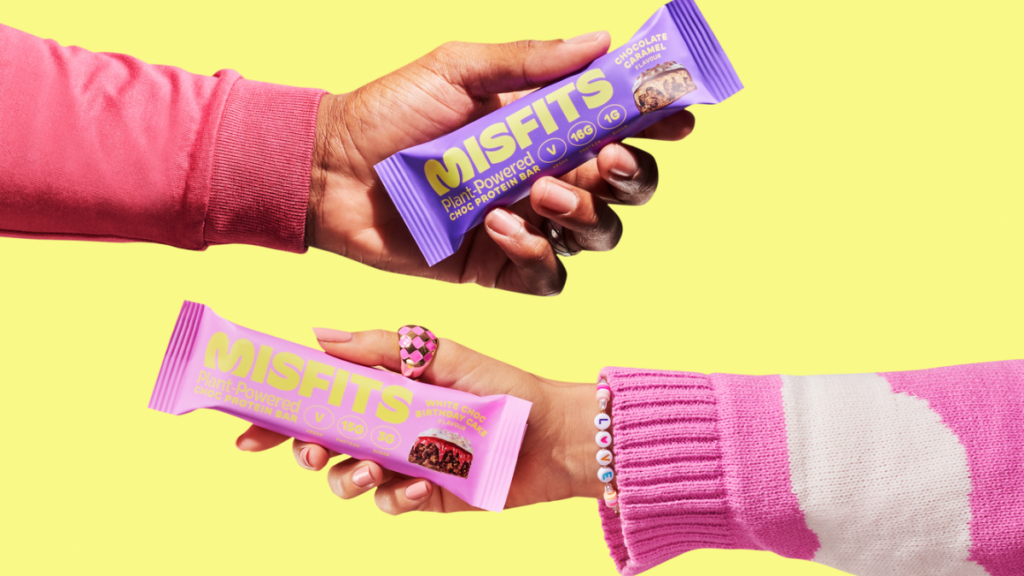
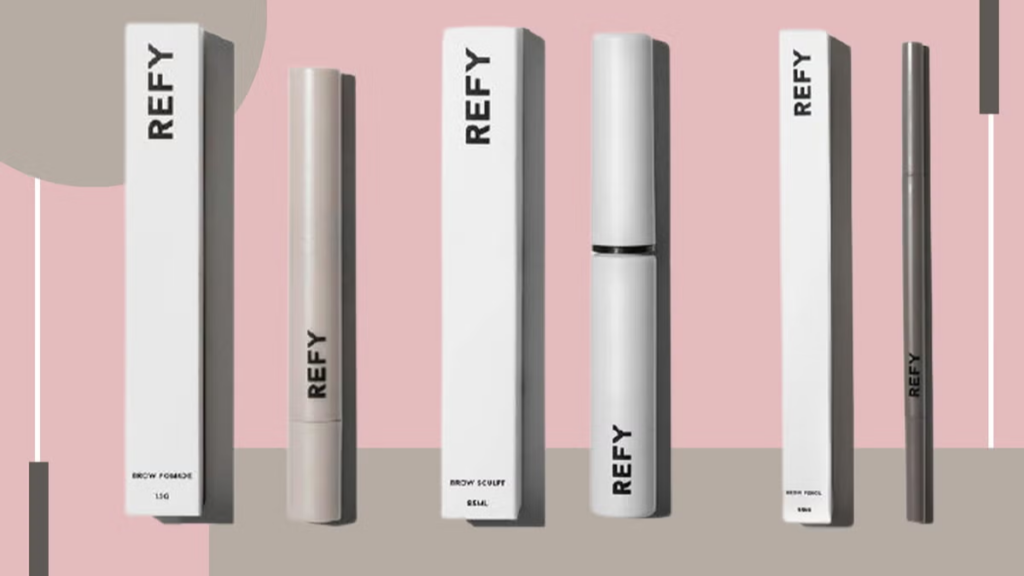
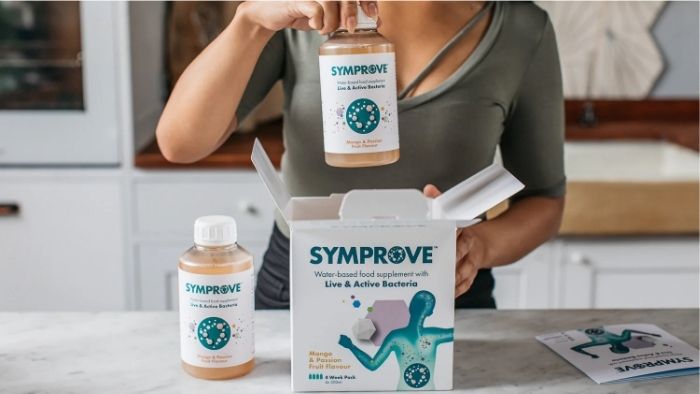



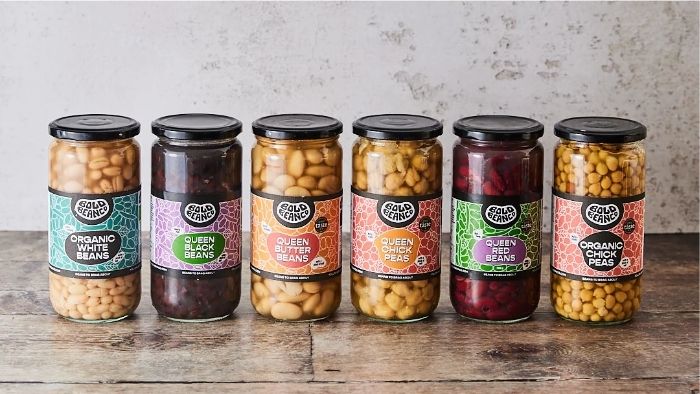

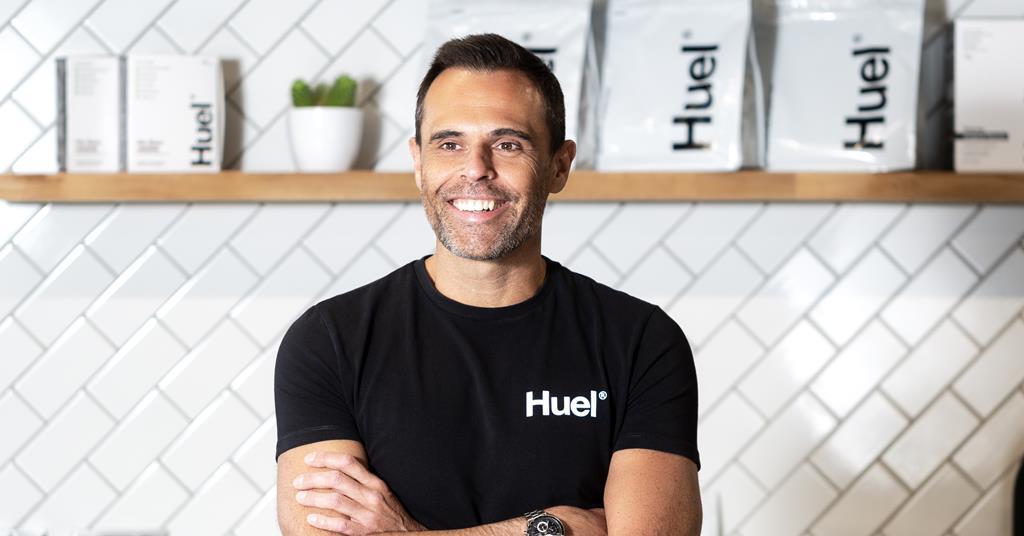
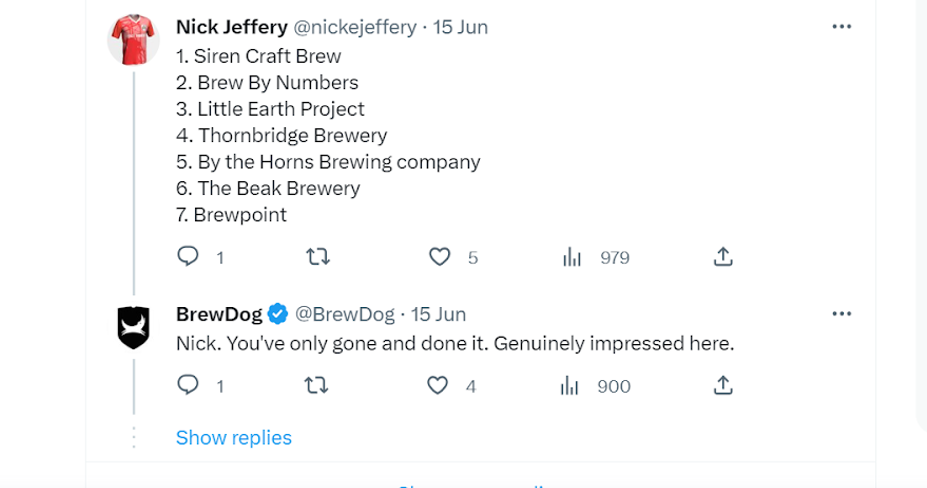
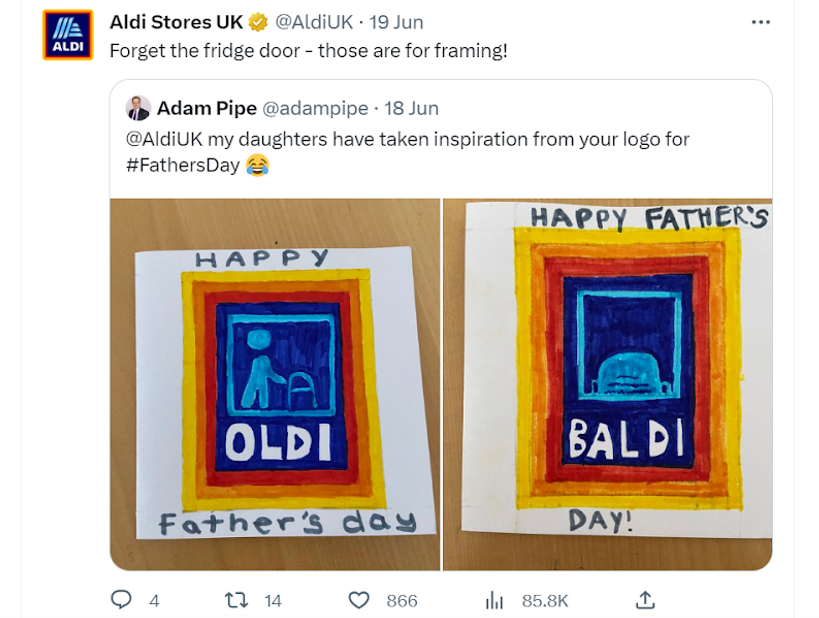

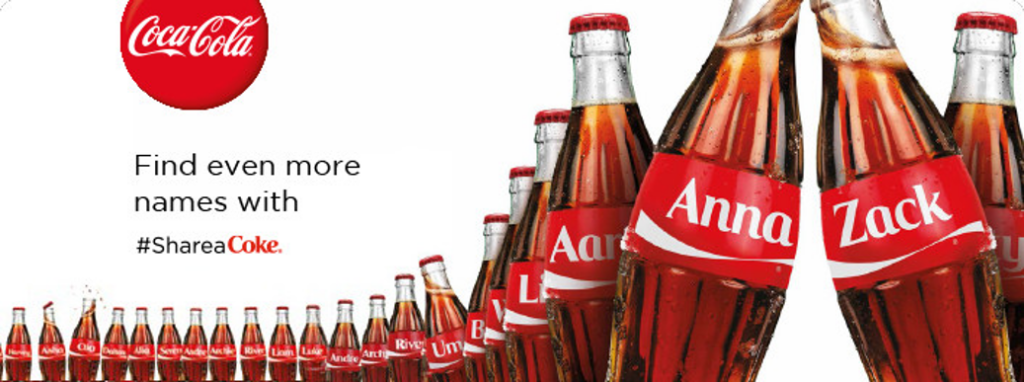
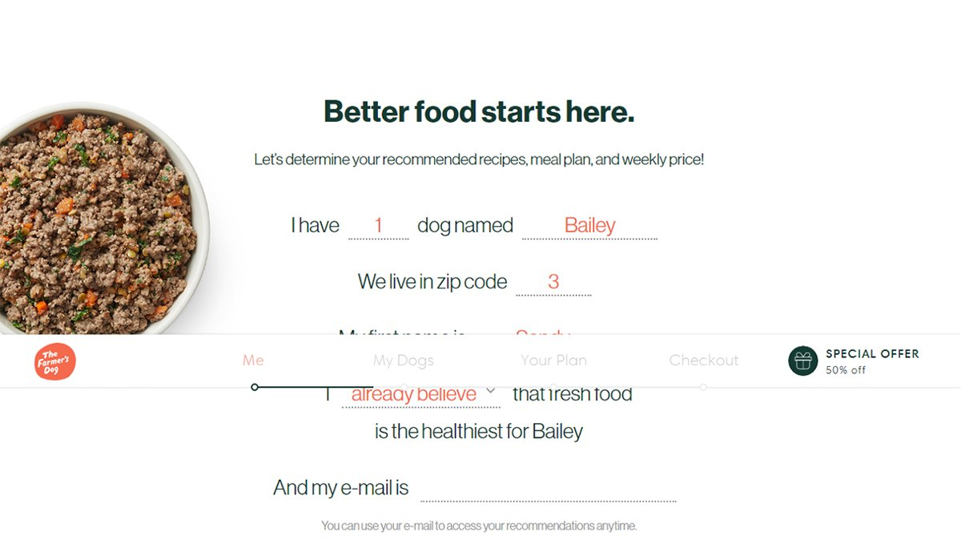
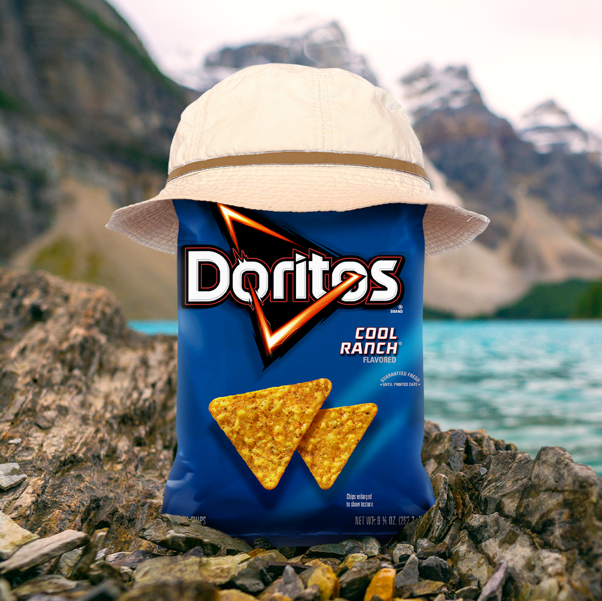
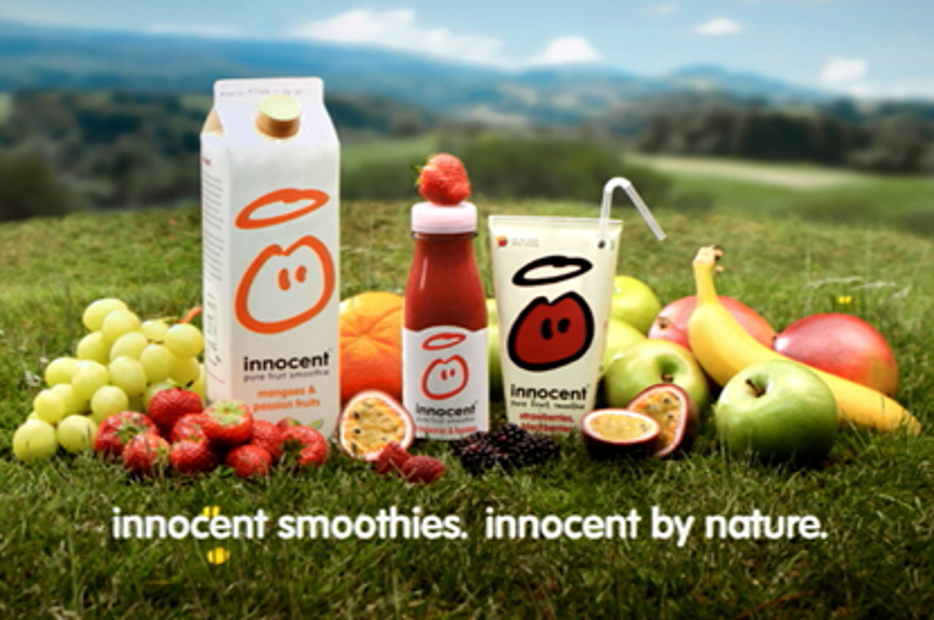 Building a loyal tribe for your food and drink brand does require a ton of hard work and certainly doesn’t come overnight. But if you put the right frameworks in place, and ensure that there is a two-way conversation with your audience you’ll start to build a more loyal following.
Building a loyal tribe for your food and drink brand does require a ton of hard work and certainly doesn’t come overnight. But if you put the right frameworks in place, and ensure that there is a two-way conversation with your audience you’ll start to build a more loyal following.